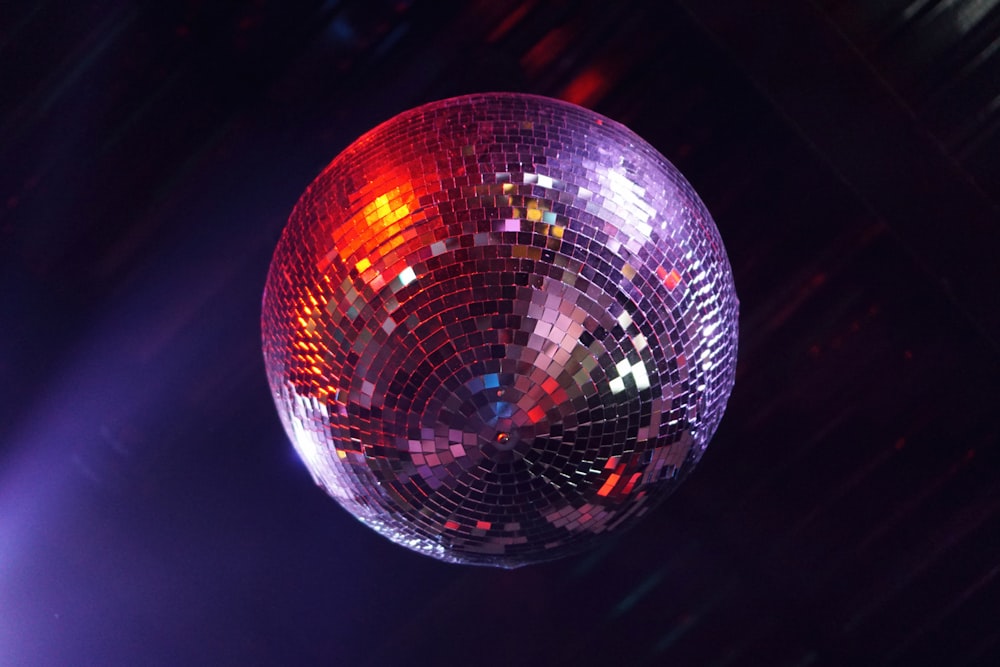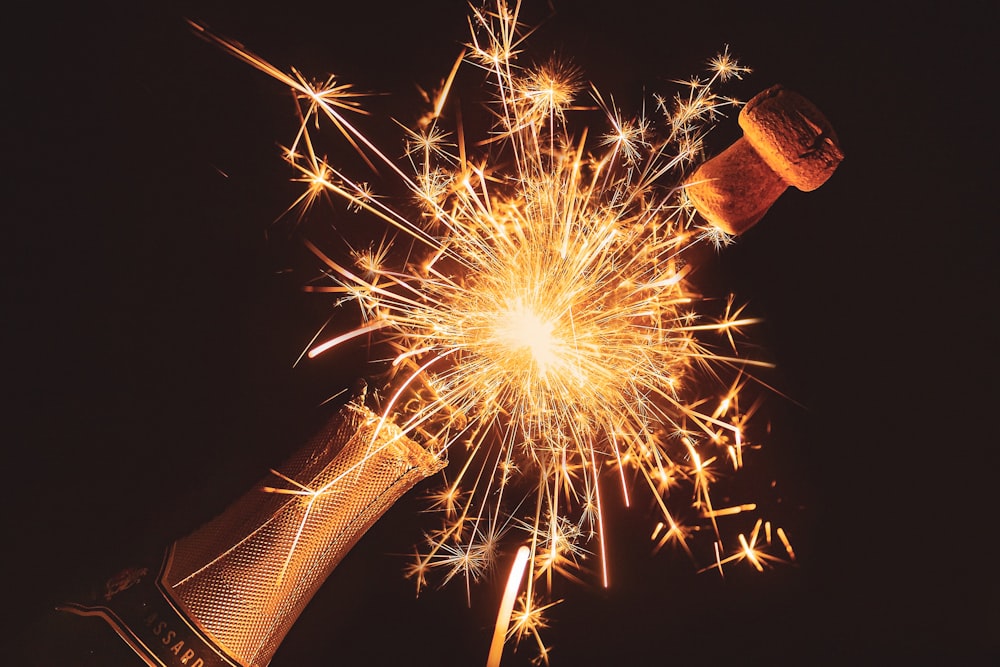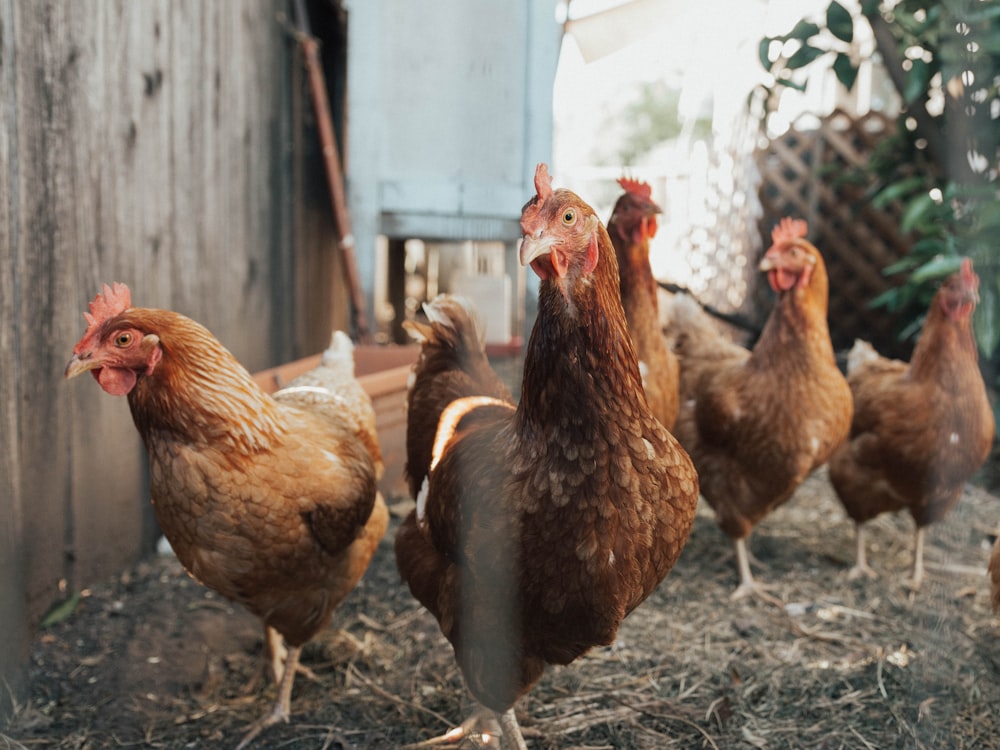
Traditions are a common part of our culture. They provide a sense of belonging and bring meaning to our lives. New Year’s traditions are especially important, as few holidays are as meaningful as the start of a new year.
Setting off fireworks for the 4th of July isn’t nearly as important as the New Year’s Eve countdown, for example.
According to psychologists, traditions are a fundamental part of being human. These traditional habits formed the basis of civilized societies and helped to create rules for how we live today.
An event frequently linked to a number of traditions is New Year’s Eve. On this last day of the year, people gather with their loved ones to drink champagne, sing “Auld Lang Syne,” count down the final seconds of the year and kiss at the stroke of midnight. While some people perform the same routines for New Year’s every year out of tradition, others believe in New Year’s superstitions that can improve their chances of a better year ahead.
Below, we’ll be exploring the origins of some of the most popular New Year’s traditions, what they mean, and why they’re so important to us.
New Year’s Traditions #1: The List of New Year’s Resolutions
Resolutions are perhaps the most universal tradition associated with the New Year. The desire to set goals, wipe the slate clean for a fresh start, and look to the future is so inherent; it has inspired studies into concepts such as the “Fresh Start Effect”.
The idea of New Year’s Resolutions dates back to Ancient Babylonia, where citizens announced spoken promises or resolutions during a 12-day-long end-of-year festival (Akitu). These resolutions weren’t just about self-improvement, they involved making an oath to the king, and individuals were expected to take their promises very seriously.
Today, the end of the year represents an opportunity for self-reflection and goal planning for many cultures. We see the end of a calendar as a chance to either wipe the slate clean and start fresh or make additional progress towards our goals. New Year’s traditions such as the list of New Year’s Resolutions inspire newfound surges of motivation, and excitement about the “possibilities” of what next year brings.

New Year’s Traditions #2: The Countdown (and Dropping the Ball)
The official “countdown” to the start of the new year is something we see all over the world. Counting down those final seconds of the year is a New Year’s tradition people love. It’s very exciting and meaningful. At the stroke of midnight, people in Times Square watch a literal giant ball drop to ring in the new year. Around the world, news reporters and entertainment groups often do their own version of the countdown, with a clock in place so watchers can count along.
The concept of “dropping the ball” comes from the use of “time balls” by sailors who needed to set their timepieces at sea. Sailors would set these chronometers using a spyglass to scan the harbour and find balls dropped into the water at specific times.
The first New Year’s ball drop in Times Square appeared in 1907, made from iron and wood, and adorned with 100 lightbulbs. Since the first ball drop, there have been a number of replacements. The current ball is 12 feet in diameter, weighing 11,875 pounds.
You don’t need an official ball to enjoy the countdown to the New Year, of course. Many people simply enjoy the count from 10 to 0 at home, using the moment to generate even more hype for the new year.
New Year’s Traditions #3: The Midnight Kiss
When the countdown begins on New Year’s Eve for most party-goers, they’re not just preparing for the new year, but simultaneously looking for someone to kiss when the “ball drops”. The exact origins of the custom of kissing your loved one on the New Year aren’t clear. However, some cultures believe it has something to do with the transition of time.
The move from warm to cold seasons, for instance, is considered to be a vulnerable time in some cultures, when dangerous spirits could run around. Kissing offered a blessing or protection, bringing good luck to people as they entered a new “transitional” period of the year.
Superstitions and beliefs about the importance of the New Year’s kiss have evolved over the years. Some people say the German immigrants brought the folklore of the kiss to the United States in the 1890s, saying that kissing on New Year’s would prevent a year of loneliness.
Today, many of us simply see the act of kissing someone at the stroke of midnight as an opportunity to celebrate the arrival of a new year with love. However, many people feel that this tradition is especially important since people believe how you ring in the new year sets the tone for the rest of the year.
New Year’s Traditions #4: The Polar Bear Plunge
Jumping into ice-cold water hasn’t always been a tradition just for New Years’. Scandinavian countries including Denmark and Finland have enjoyed ice swimming for many years, thanks to the benefits of cold water for elevating endorphins.
The official “polar bear plunge” for January 1st was introduced by a swim club in 1904. The L Street Brownies (a swim club from South Boston), jumped into the icy water of Dorchester Bay together for New Years’ day, and they’ve been doing so ever since.
Today’s plunges are usually held to raise money for charitable organizations throughout the US and Canada, but they’re also a way to celebrate the new year. Some people believe diving into cold water is a good opportunity to detox from the year before, and “refresh” for the year ahead.
The Polar Bear Plunge is also common in other parts of the year. 10,000+ people collectively dive into the sea on New Years’ Day in Scheveningen in the Netherlands. In the UK, the plunge usually happens on Boxing Day (the day after Christmas).

New Year’s Traditions #5: Popping Champagne
Popping Champagne corks at the stroke of midnight is another mainstay of most people’s New Year’s traditions. While many people celebrate with bubbly wines and similar drinks, Champagne is the classic beverage of choice on New Year’s Eve. It’s rare to ever be at a New Year’s Eve party that doesn’t have champagne.
The use of Champagne for celebrations has roots in the Christian ritual of drinking wine as the “blood of Christ”. Wine from Champagne in France was used in 496 AD in the baptism of Frankish warrior Clovis, and since then, wines from the region were regularly used in religious events, coronations, and consecrations.
Following the French revolution, popping and drinking champagne became one of the secular rituals replacing formerly religious rituals in the region. You could even “christen a ship” without having to reach out to a priest by using Champagne. Over the decades, the use of Champagne for celebrations and important events has evolved across the world.
By the 19th century, popping champagne had emerged as a global tradition, associated with joyous occasions. In secular societies, we use champagne as a symbolic way to mark the joy of the occasion. Making sure the champagne fizzes over is important too, as the bottle is intended to “overflow” with happiness and opportunity for the new year.
New Year’s Traditions #6: Fireworks
Fireworks are an aspect of many traditions linked to meaningful moments in time. It’s common to have fireworks at a wedding, or on the 4th of July. Regions in England also have special days for setting off fireworks, such as Guy Fawkes night.
Fireworks are also a common presence on New Year’s eve. According to some traditions, fireworks were actually created in China as a tool for scaring away evil spirits. In China, legends told of a monster named Nian who would come out to destroy villages and eat people on New Year’s Eve. The villagers learned burning dry bamboo would produce a sound that scared the monster away.
To continue scaring away evil spirits every New Year’s Eve, the Chinese invented fireworks. Today, these fireworks are beautiful, artistic creations intended to make us feel joy and awe, rather than allowing us to focus on the worries of evil spirits invading our homes.
In the Western world, fireworks are similar to champagne for their ability to symbolize overflowing or “bursting” joy and excitement. Many parts of the world broadcast fireworks displays for New Years’ Eve.
Local Traditions from Around the World
While the 6 New Year’s traditions above are common all over the globe, there are some traditions that seem to be linked to specific parts of the world. For instance:
- Spain: In Spain, it’s customary to eat 12 grapes on New Year’s Eve – one for each stroke of the clock at midnight. Each grape represents a month of good luck for the coming year.
- Denmark: Residents of Denmark celebrate the new year by throwing old glasses and plates against the doors of friends and family to scare off evil spirits.
- Finland: Some families in Finland celebrate the coming year by casting melted tin into a bucket or bowl of water. The shape the metal takes is supposed to predict the year ahead. For instance, a ring or heart predicts a wedding.
- Scotland: New Year’s Eve in Scotland involves a celebration of “Hogmanny” and first-footing. A first foot is someone who crosses the threshold first in the New Year, with a gift for good luck in the year ahead.
- Brazil: In various central and South American countries such as Brazil and Ecudor, it’s important to wear special “lucky” underwear on New Year’s Eve. Popular colors are yellow to bring in money, and red to attract love.
- Philippines: Round shapes are everywhere in the Philippines on the last day of the year. They represent coins. These “coin shapes” are said to attract prosperity or wealth for the upcoming year.

New Year’s Eve Superstitions
Alongside New Year’s traditions, there are also a number of superstitions that can influence the behaviour of families during the New Year, all around the world. For instance, in Panama, people burn effigies of well-known people and political figures to drive off evil spirits and celebrate a “fresh start”.
In Brazil, many people also avoid eating chicken in the first few minutes of the new year, simply because chickens scratch the earth backwards, symbolizing going “backwards in life”. Instead of chicken, people tend to eat foods that move forwards, such as pork and fish.
In the Japanese villa, Oga, men dress in masks to embody Namahage, demons who go door to door looking for new members of the community. The men scream at new family members and children to work hard, study and be obedient.
Today, many of us are quite superstitious about kissing at midnight, believing it to be bad luck to not kiss our partners at midnight on New Year’s Eve.
Traditions and superstitions alike are a useful tool in human society, not just for connecting us with our past, but for giving us a sense of control over the future. Rituals psychologically act as a buffer against the anxiety and uncertainty that comes with a new year and all the events which might be yet to come.
New Year, New You
No matter which New Year’s traditions you choose to follow this year, or which superstitions you believe in, it’s worth remembering no one can truly predict or control the year ahead. What you can do is improve your chances of success in the new year by learning more about yourself.
Why not start the new year with an insight into what’s written in your DNA, so you can set resolutions unique to your specific needs? A CircleDNA test could be the perfect way to start the new year on a positive, forward-thinking note.







Comments are closed.